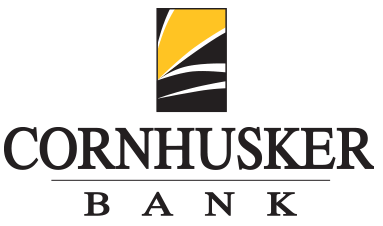Savings Accounts
Achieving your savings goals starts here. Begin your savings journey today for a better tomorrow.
A savings account offers a secure and reliable place to put money you don't need right away. Because it's an interest-bearing account, your savings balance can grow over time. Plus, online and mobile access can give you greater flexibility in making deposits.
And you can set up scheduled transfers from your checking account at Cornhusker Bank to your savings account that will help you get to your savings goals even faster. All with interest that keeps your money working 24 hours a day.
Choose a savings account that helps you reach your financial goals and open in just minutes. Not sure which account is right for you? We are happy to help.
Start saving today with a basic savings account to keep it simple with online flexibility. A savings account is ideal for customers who want a traditional, reliable savings account with a low minimum balance requirement.
Maximize your returns with a higher rate and access anytime. Earn more interest on higher account balances. Our Money Market account is ideal if you want to earn a competitive, tiered interest rate on your account balances.
Offers Automatic transfers to help you meet your savings goals without thinking about it. Begin building your savings with our automatic savings tool.
Give them a head start with a Youth savings account. Open a Youth Savings account and you’ll be on your way to helping your kids learn about interest, deposits, and the benefits of saving. Start saving for the future today.
Tap Into the Power of Automatic Savings
Whatever you’re saving for, automatic saving is one of the simplest, most effective tools for making savings goals a reality.
How It Works
An automatic savings plan is typically carried out one of two ways: either the saver’s employer deducts a certain amount from each paycheck that’s then deposited into a savings account, or his or her financial institution transfers a set amount from the saver’s checking account into a savings account on a routine basis. Both options help keep savings goals on track.
Why It Works
There are countless incentives for enrolling in an automatic savings plan. Four common reasons include:
- Simple saving—Automatic savings plans are easy and require little effort to maintain. Many people will not stick with a financial plan if it’s too complex or difficult to achieve. The key to sustaining a savings goal is to make it as uncomplicated as possible.
- Easy growth—Once savers become accustomed to saving automatically, they often don’t notice the small sum leaving their paychecks or checking account. In time, automatic savers reap the rewards for their discipline. Putting aside only $50 a month, for example, adds up to $600 a year—or $3,000 after 5 years—that wasn’t saved before.
- Time management—As the old saying goes, “time is money”—and an automatic savings plan conserves both. Much like auto-paying utility bills, for example, automatic savings plans remove the work from transferring money each pay period. It also helps prevent savers from spending money on an impulse buy instead of putting it toward their longer-term financial goals.
- Proven results—People have been enjoying the success of automatic savings since the 1970s when these plans were first introduced.
There’s nothing to lose with automatic savings—but much to gain!
Are you ready to start saving for your goals? Learn more about our automatic savings program.

Stay Connected With Us